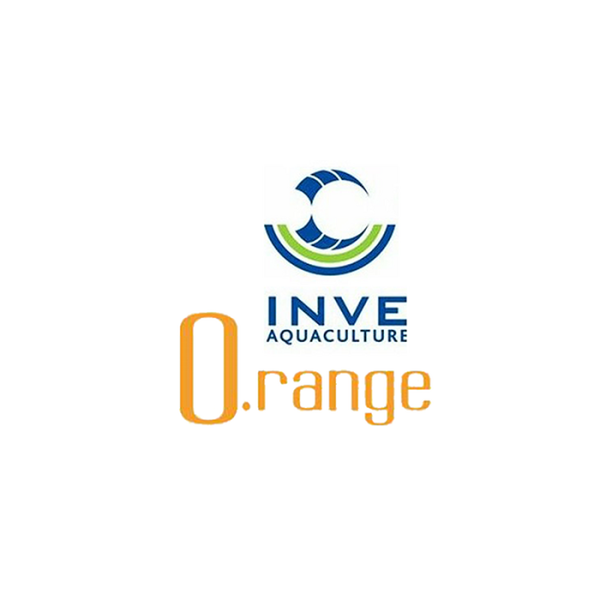INVE O.range


The finest marine fish hatchery dry diet line
- One diet range for the entire hatchery cycle
- Optimal Σω3 HUFA and DHA/EPA profiles
- Excellent stability and floatability in the water
- Manufacturer:Inve
The different diets in the "o.range" perfectly meet the nutritional needs of the fish larvae throughout the different hatchery stages. Formulated with the best marine ingredients available in todays market to maximize fry performance and improve their resistance to stress.
The diets in the o.range line are specifically formulated to fit the complex nutritional needs of fish larvae during each of the hatchery stages. High quality ingredients, vitamins and oligoelements make for superior quality, while the 4 different products each with different available particle sizes guarantee a seamless nutritional transition from one hatchery stage to the other
Marine fish larvae generally have a high growth rate and therefore require high levels of proteins and essential amino acids. Additionally, the o.range diets, especially the ones for larval and post-larval feeding are easily digestible, aiming to improve the assimilation of the essential nutrients in the early stages.
What makes a good Quality larval fish diet?Both biotic and abiotic factors greatly influence the critical stages of larval rearing. The development of the fish larvae and their gastrointestinal tract, their digestive physiology and metabolic processes should be taken into account to understand their specific nutritional requirements.
How to Judge the Quality?To compare the quality of the microdiet components, one needs to look at how successful the larvae ingest, digest and absorb the nutrients the diets are formulated with. This is especially of great importance in the early stages, less so for ongrowing larvae. Not only a good quality diet, but also an adjusted feeding protocol is crucial to produce healthy larvae/juveniles.
Digestibility is crucialDigestibility of the feed is of great importance, especially at the initial stages of larval development when no functional stomach is present and the digestive tract is still immature initially in a presence of cytosolic enzymes, later on switching to brush border enzymes and pepsin production leading to adult mode of digestion.
Therefore, a careful selection is made when using protein sources for the specific stages of the fish larvae. Not only proteins of sustainable marine origin are used, but also adequate protein sources in hydrolised form to obtain most optimal uptake of amino acids and peptides in the initial stages of larval development. Dietary n-3 highly unsaturated fatty acids are not only fundamental to provide through broodstock feed and live feed, but in microdiets as well, further promoting development, growth and Survival.
Finally - one of the fundamental steps in microdiet production is to reach the optimal balance between its physical characteristics and the nutritional characteristics of the different ingredients. For the initial stages of larval development, floating or slowly sinking feed is provided to obtain satisfactory feed acquisition and feed uptake.
| Vitamin A: | Start/Wean/Grow: 20.000 IU/kg |
| Vitamin D3: | 2.500 IU/kg |
| Vitamin E: | Start/Wean/Grow: 700 mg/kg |
| Vitamin C: | Start/Wean/Grow: 2.000 mg/kg |
| DHA/EPA: | 2 |
| Fiber: | 1 % |
| Store in a dry place (max. 25°C). For prolonged storage, refrigeration (4°C) is advised. Once opened, the product should be used within 1 month, kept well closed and stored in a refrigerator. |









